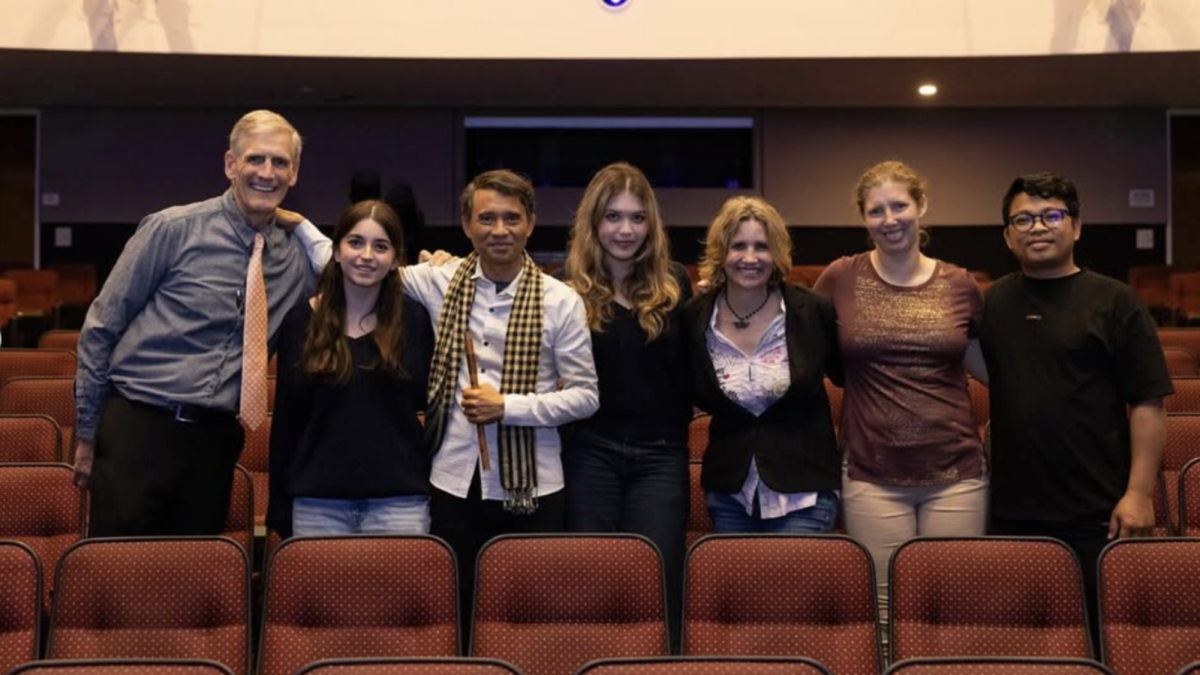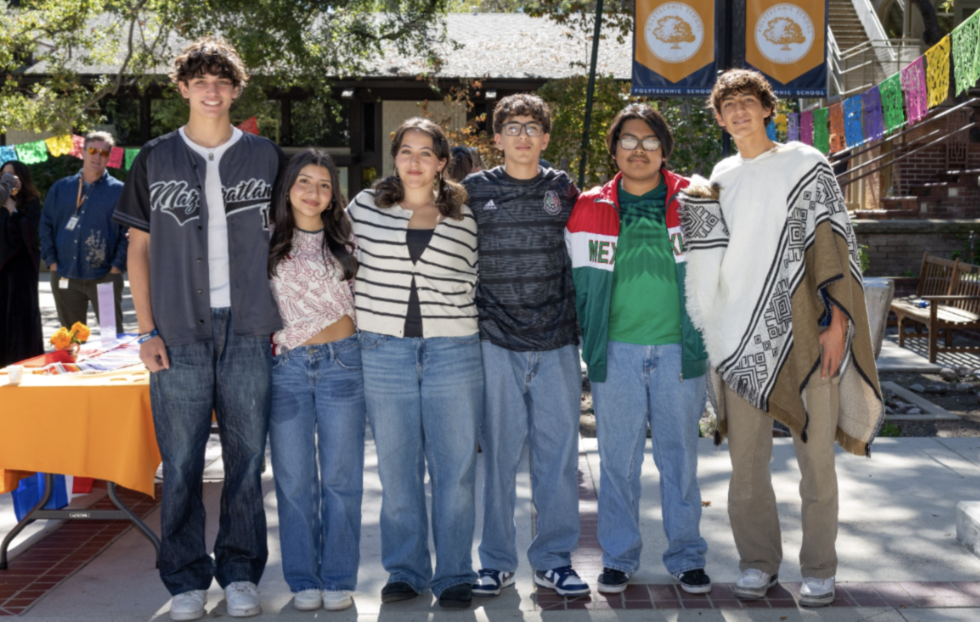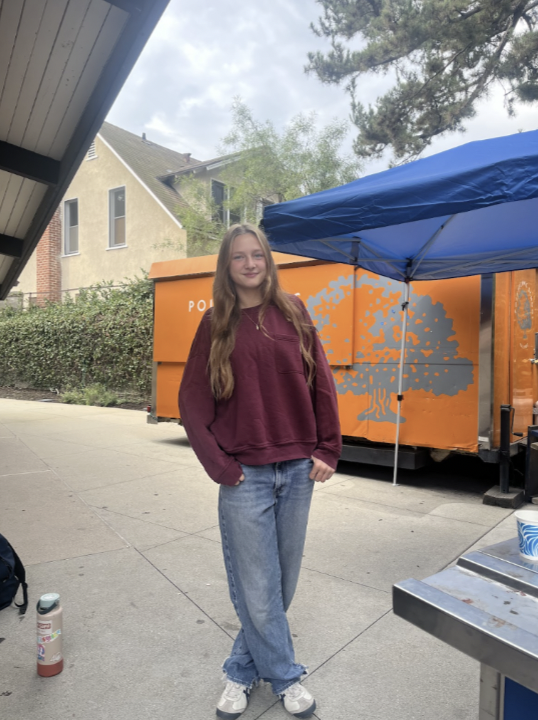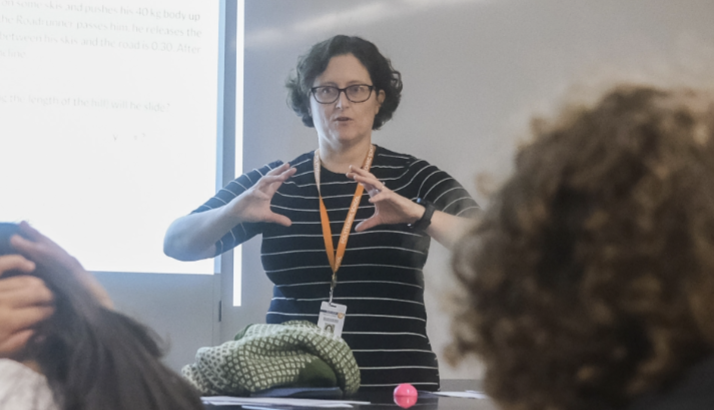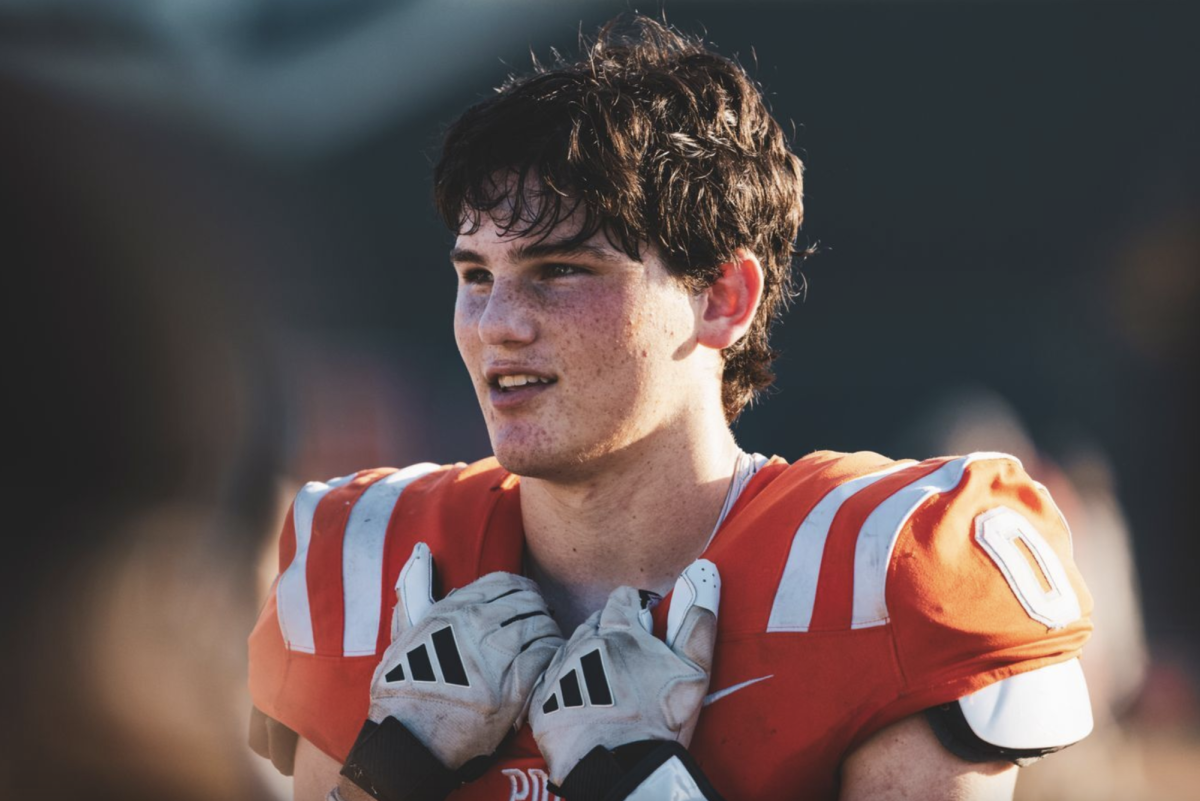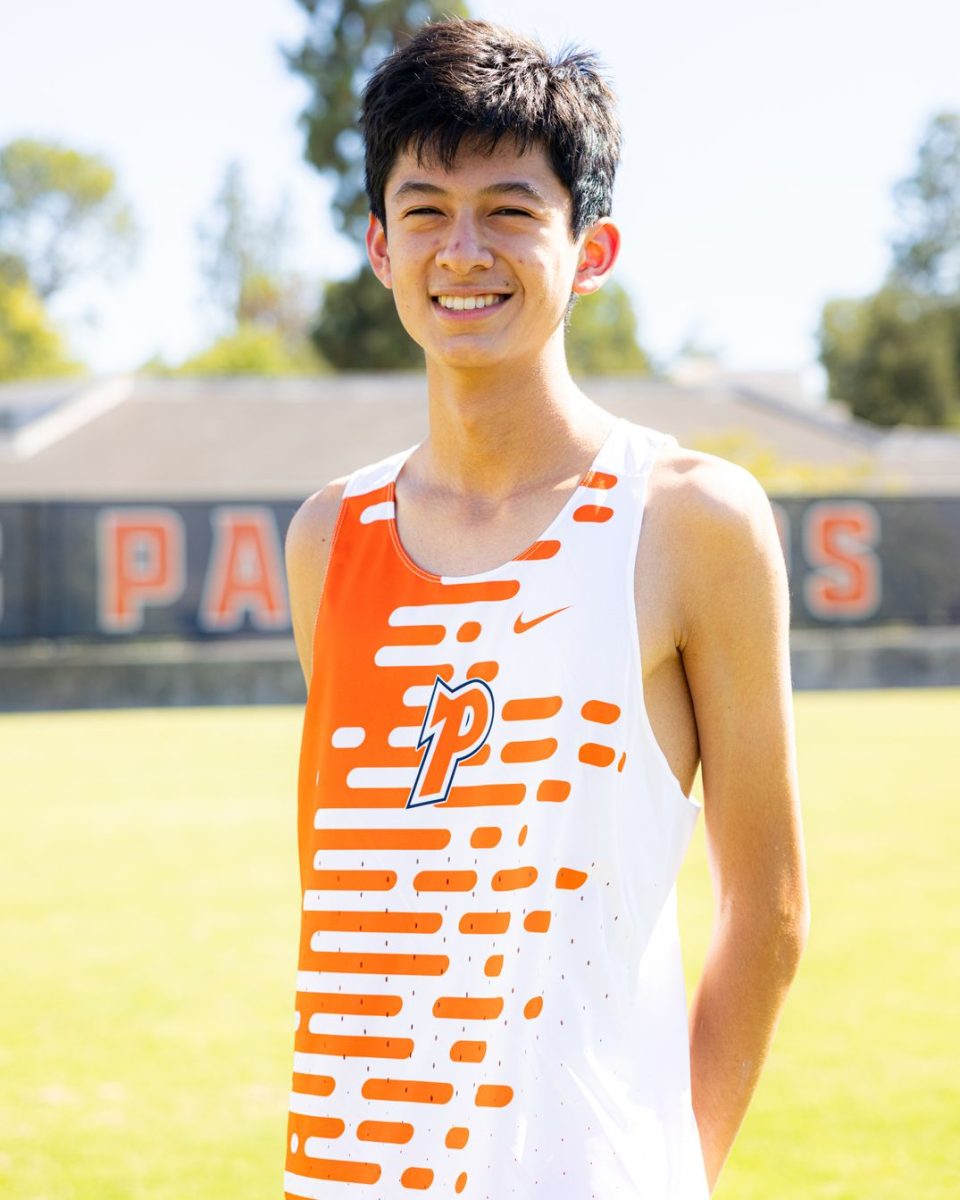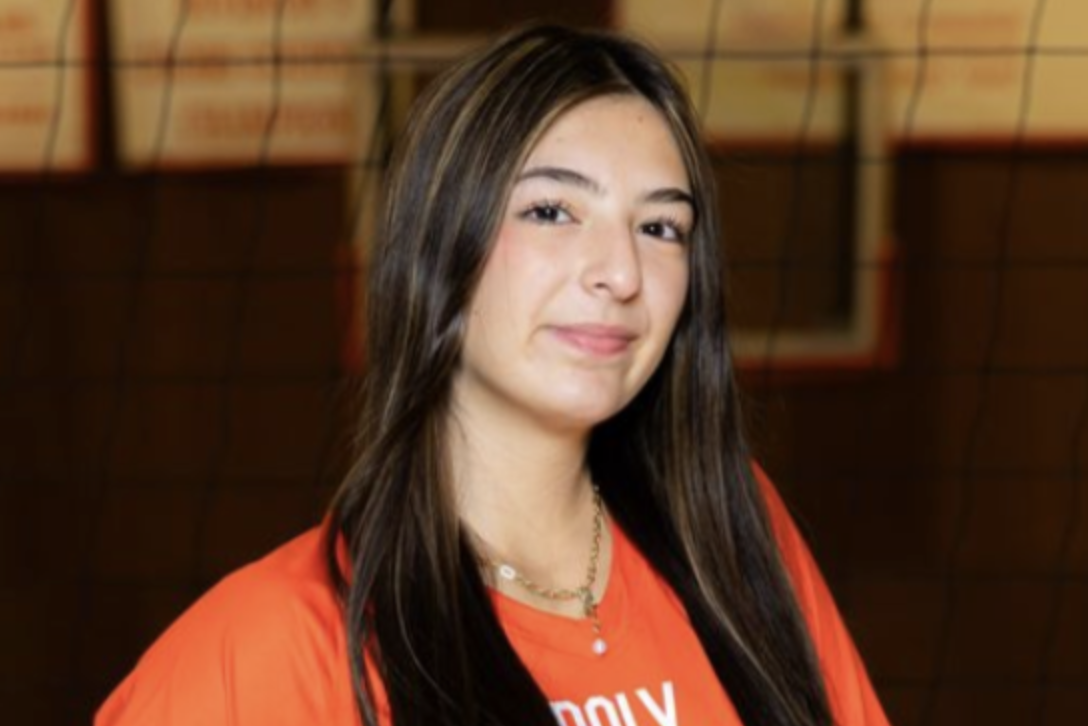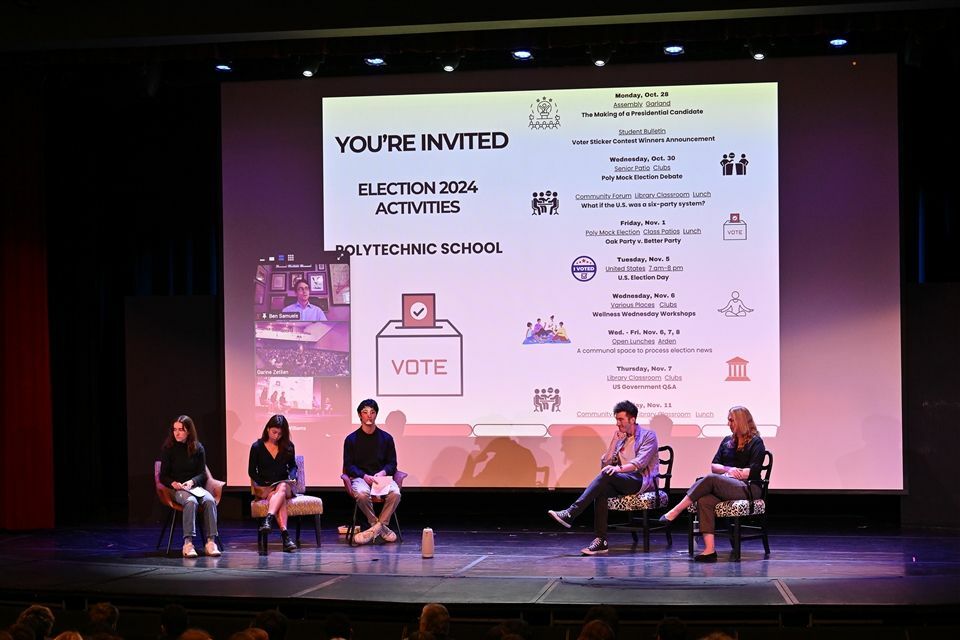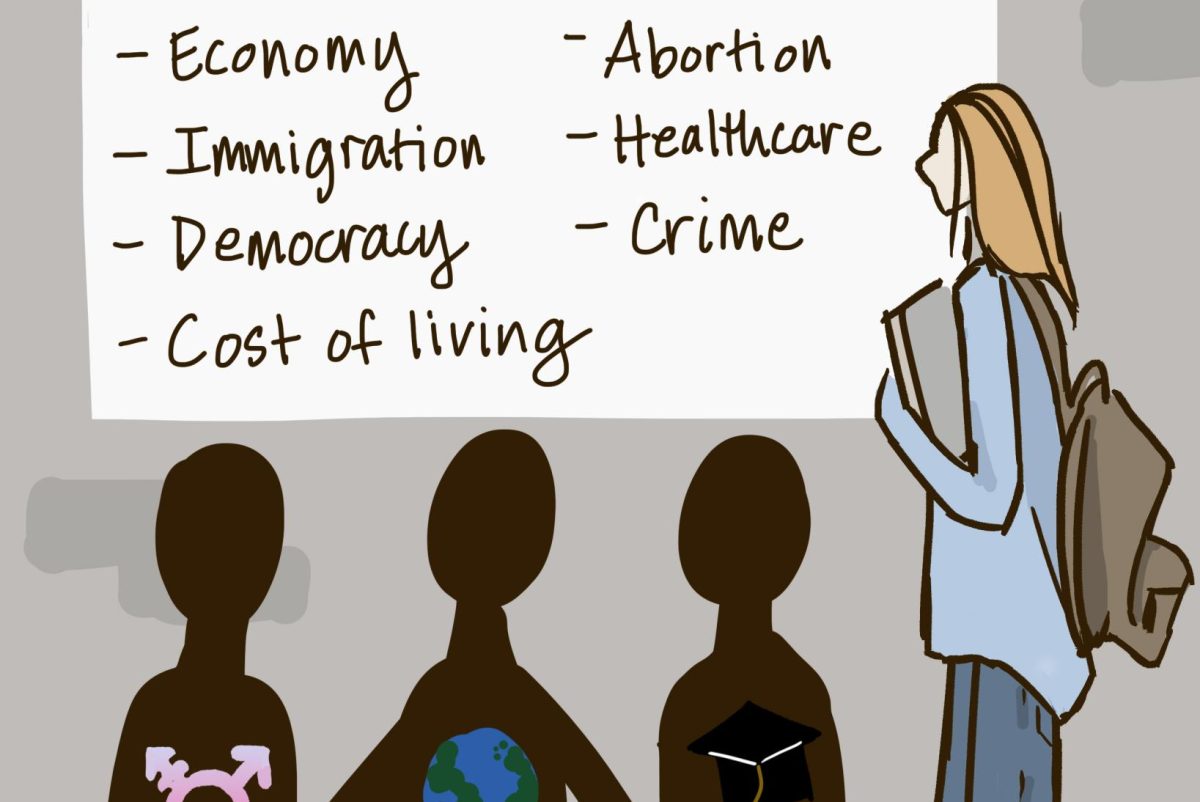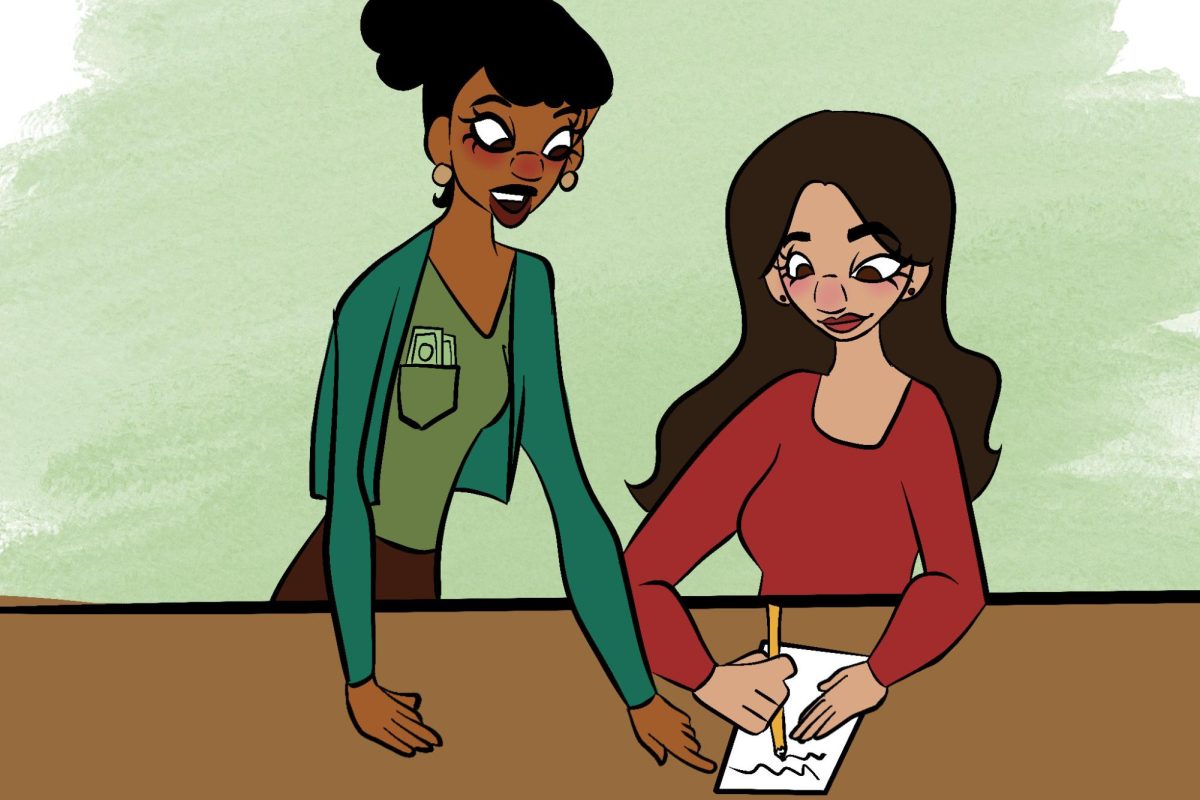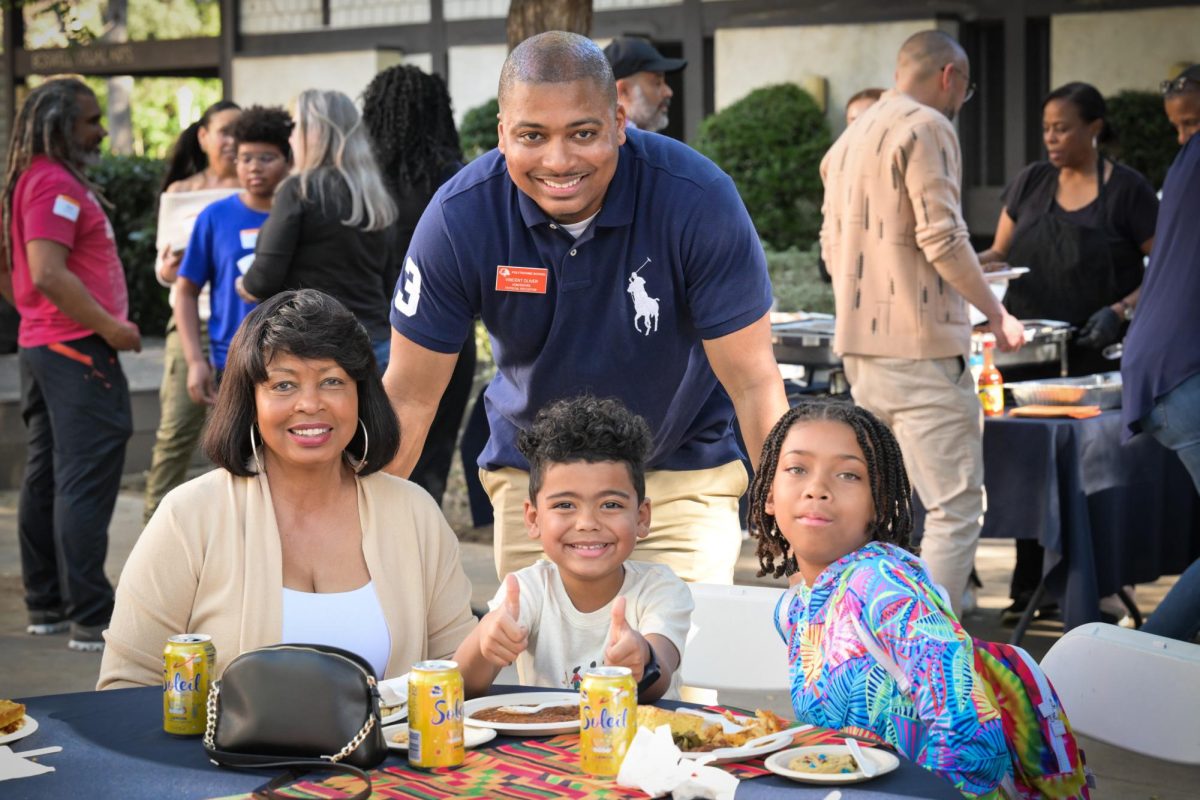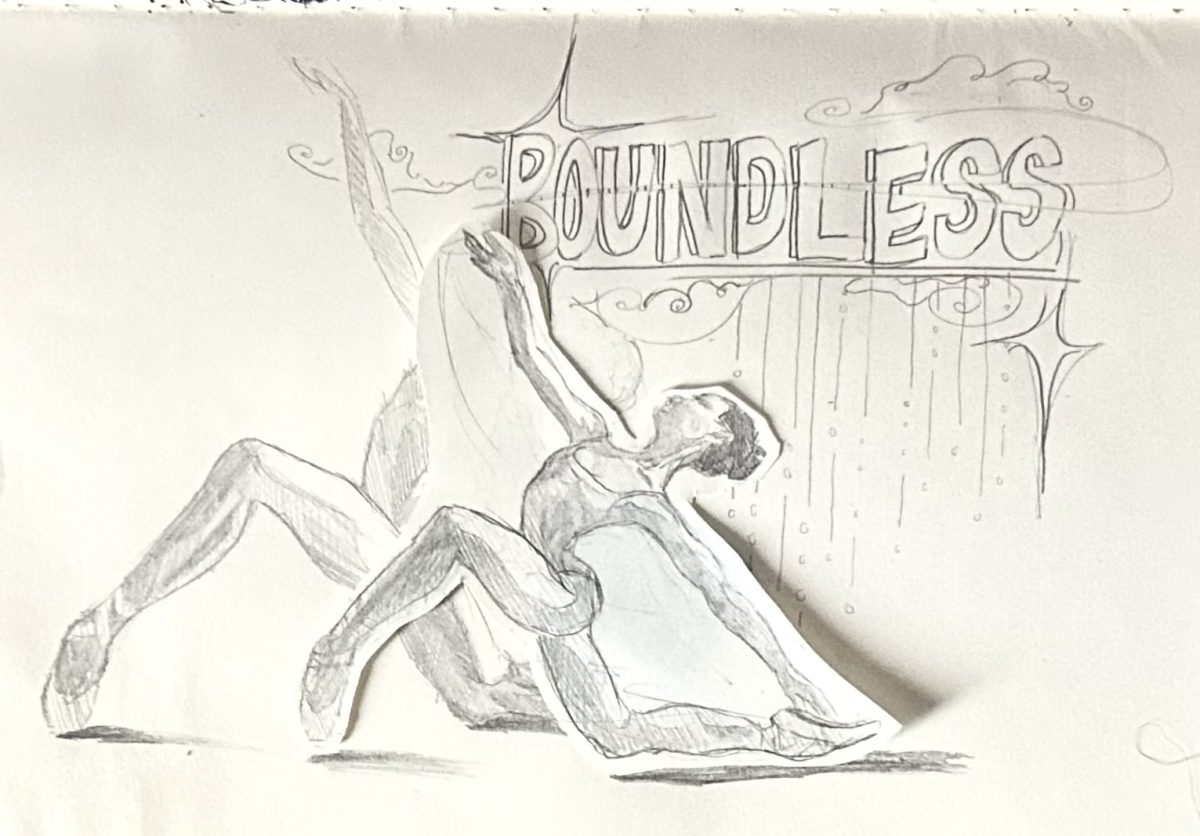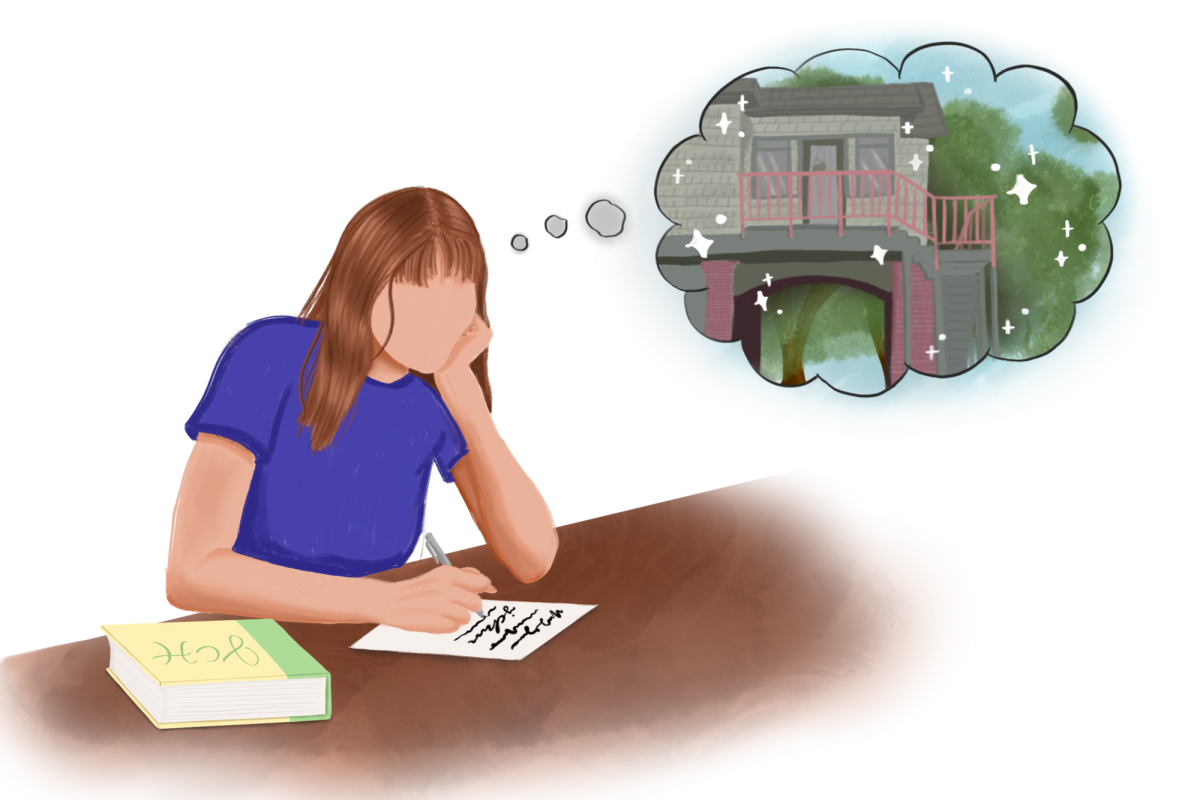What does the Judiciary Council do? My honest answer to that question—and the answer I’d expect to hear from many of my peers—is “I don’t know.” The student body’s overall confusion surrounding the group’s purpose reflects a larger issue: the Judiciary Council is not an active force in the Poly community. It’s supposed to be a student-led body that upholds community standards and helps resolve conflicts; it should, hypothetically, have a meaningful presence on campus. But in reality, we hear almost nothing about it, and when we do, it’s usually through a brief morning meeting announcement about subcommittees we know little about.
When asked about their plans for the future, a junior on the Judiciary Council, who requested anonymity, said, “The council is working on bringing back student hearings.” In the past, the Judiciary Council held student hearings to determine the repercussions for student misconduct. If a student cheated on a test or violated a different school policy, their case would go to the council to be reviewed by a panel of their peers, who would then make recommendations to the administration about how to proceed. The hearings were ultimately discontinued, however, due to confidentiality concerns. With the original design of student hearings, administrators worried that Judiciary Council members involved in the hearings might leak the identities of the students who came before them. In revitalizing the hearings, the Council hopes to avoid this issue.
Bringing back student hearings sounds good on paper: students, rather than administrators, helping to uphold community values. But we have to be honest: without real visibility or engagement, the current council is a hollow symbol of student representation. According to the junior on the council, the council has been trying to bring back student hearings since last year, yet we haven’t seen any evidence of real progress. The same member shared, “Even though we meet once a rotation for my subcommittee, we kind of just talk. We are planning an event in May, though.”
The event revolved around Denim Day, which took place this year on Apr. 30, a day when students wear jeans to spread awareness for Sexual Assault Awareness Month. The Judiciary Council, however, only assisted Upper School Human Development Coordinator Stephanie Monteleone and the student volunteers on the Denim Day Committee in preparing for the event; it did not spearhead or organize the event.
But there have been so many other issues the council could have covered throughout the year, such as National Bullying Prevention Month in October; to have a year’s worth of meetings culminating in one event organized by another group suggests that something deeper needs to change.
During Associated Student Body (ASB) speeches, Chief Justice candidates always vow to “revitalize” the Judiciary Council, promising to make it more active, visible and critical. I’ve heard that speech six times over the past three years. But the results? Student hearings, despite an entire subcommittee dedicated to their reintegration, are still nonexistent.
In fact, a handful of students even join the Judiciary Council in hopes of running for Chief Justice and becoming a part of the ASB in their senior year—a strong addition to any college application. Another junior member admitted, “From the moment I joined the Judiciary Council as a rising sophomore, I had planned on running for Chief Justice as a senior to get on ASB.” While they ultimately decided against running for the position due to other commitments, the prospect of securing a position on ASB was at the forefront of their mind throughout their time on the council.
That being said, it would be a mistake to scrap the Judiciary Council entirely. The idea behind it—students helping students, peer-driven accountability—is important. But if we want the council to actually mean something, it needs a serious overhaul.
First, there has to be real transparency. Information about the council members, what they do and how to reach out if students want support from the council should be made more publicly available to any Poly Upper School student. Hearing about the Judiciary Council once a year in a morning announcement isn’t enough. Regular communication with the student body—whether through newsletters, open forums or advisory visits—would make a huge difference.
Second, the council needs real, consistent work to do. Student hearings should not just be an empty promise made during ASB speeches; they should be a genuine part of our conflict resolution process, focused more on restoration than punishment. Judiciary members could also help organize peer mediation efforts or work alongside faculty on policy discussions, giving students an active voice in shaping the rules that govern them.
The Judiciary Council doesn’t have to be a hollow symbol. But making it real will take more than one event in May. It will take commitment, transparency, and a genuine belief that students should have a voice, not just on paper, but in practice.
Good luck to our new Chief Justice and Judiciary Council members; I hope you follow through on my suggestions.



